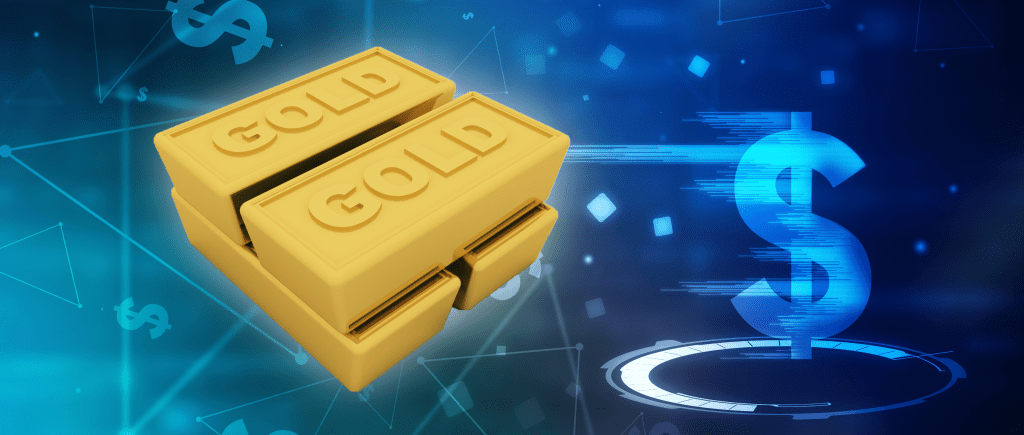At $1,850.06, the gold price is 0.45% higher and trading between a low of $1,837.06 and a high of $1,853.63 on the day so far. The markets are fairly volatile as traders weigh the indecisive outlook for global growth, the latest of which comes from the World Bank.
”Global economic growth will likely lose momentum this year, with the Ukraine war, soaring inflation and rising interest rates threatening what is now considered a precarious recovery,” the World Bank stated on Tuesday.
The World Bank also expects Real Gross Domestic Product to rise just 2.9% in 2022, significantly lower than a 4.1% rise previously projected in January. The US economy is expected to expand 2.5% this year, down 1.2 percentage points from the prior forecast.
The US dollar climbed to a two-week high while on the back of rising US Treasury yields that had supported the greenback. However, as measured by the 10-year Treasury yield, they are falling on the second day of trade this week, down from the 3.062% highs to lows of 2.963%. Consequently, the greenback is dropping to the lows of the day near 102.30 at the time of writing, as measured by the US dollar index (DXY), vs. a basket of six currencies.
The lower yields and greenback are supporting the gold price that was already being boosted by the mounting inflation concerns. While the yellow metal yields little compared to bonds, it benefits from the safe-haven bids for the precious metals. The surprise 50-basis-point rate increase in Australia was the catalyst at the start of the day which has jolted the financial markets into a risk-off mode amid concerns over policy tightening ahead of a European Central Bank meeting this week.
The Reserve Bank of Australia’s statement says explicitly that, “the Board expects to take further steps in the process of normalizing monetary conditions in Australia over the months ahead. The stronger language that had been set out in May suggests at least another 50bp increase is on the cards over the next few months.
However, whether the precious metal can continue to benefit in a straight line in such a hawkish environment is questionable. Although gold is considered a hedge against higher inflation, interest rate hikes remain a potential headwind since that translates into a higher opportunity cost of holding non-yielding gold.
The gap between gold and real rates may be attributed to both an undue rise in real rates given quantitative tightening, and to the still-massive amount of complacent length being held in gold, keeping the yellow metal’s prices elevated.
Meanwhile, besides the ECB this week, traders will be looking to the US inflation data due Friday for clues on the Federal Reserve’s interest rate hike trajectory. We are in a blackout period in terms of Fed speakers, so the data will be important ahead of the Federal Open Market Committee meeting on June 14-15 where another 50 basis points of rate hikes are currently being priced in.
Gold, technically; is bouncing around along a support structure but the price is yet to convince to the upside following a break of resistance when it moved out from beneath the daily dynamic trendline resistance.
On the 4-hour chart, the price needs to break this meanwhile resistance if the bulls are going to enjoy a spell of fresh air out of the consolidation phase with prospects of a bullish continuation and meaningful correction of the broader downtrend.

 Noor Trends News, Technical Analysis, Educational Tools and Recommendations
Noor Trends News, Technical Analysis, Educational Tools and Recommendations




